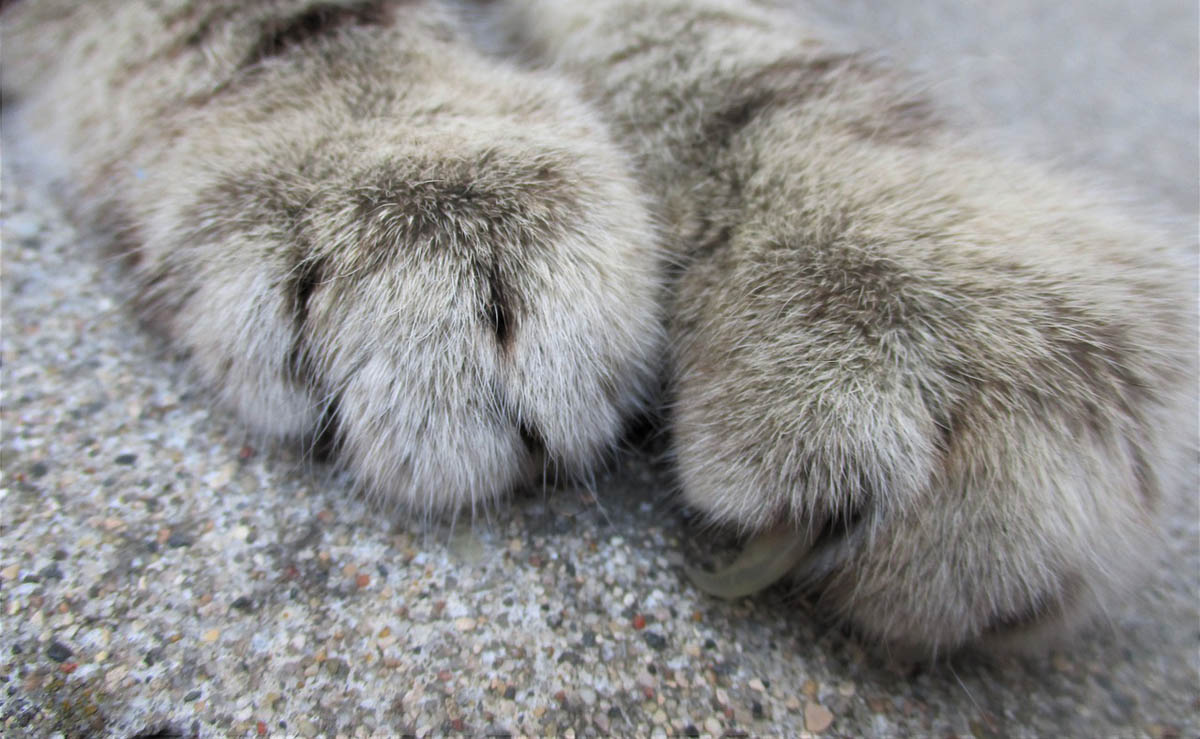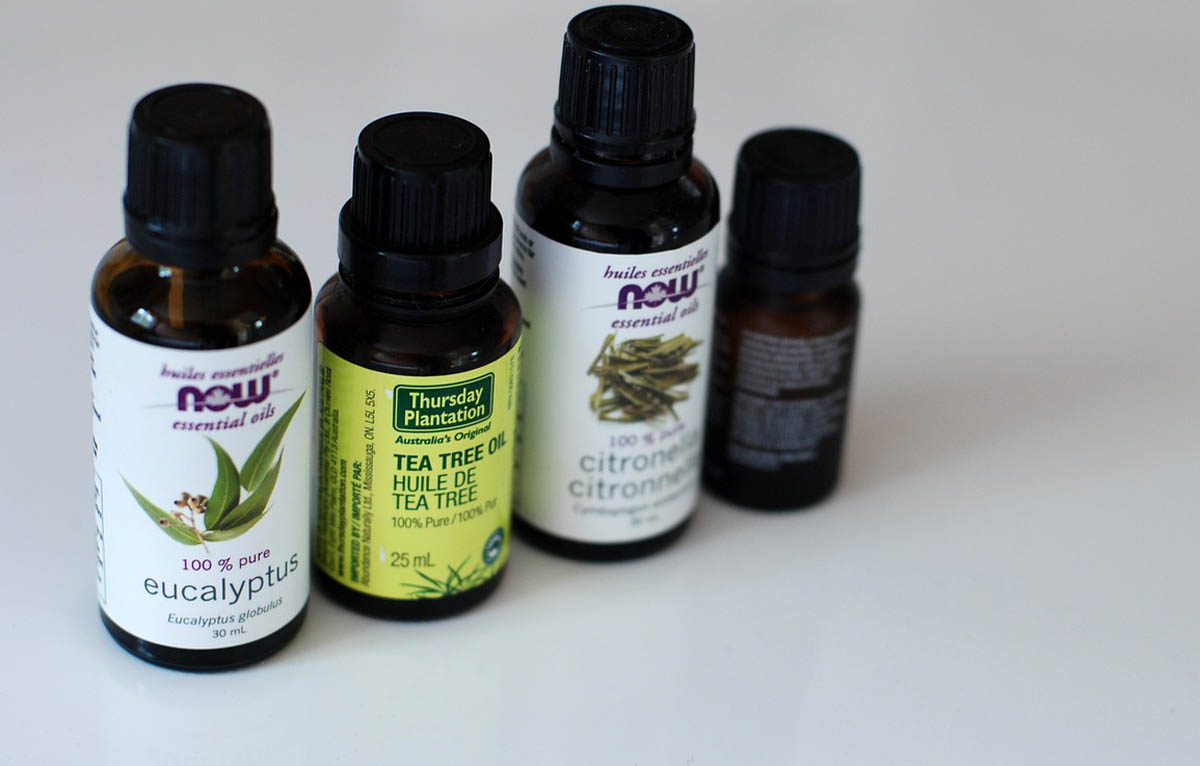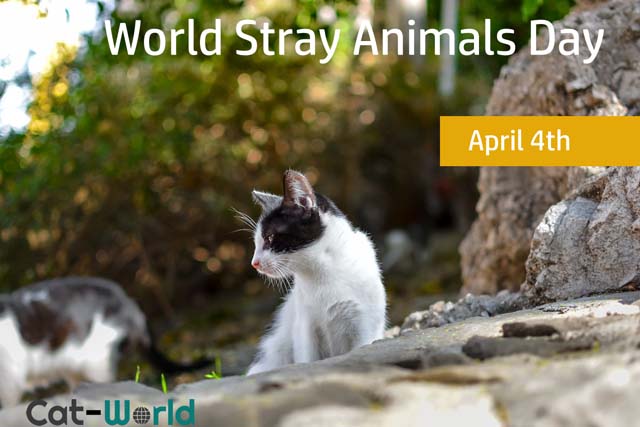What is lavender?
- Common names: Common lavender, True lavender, English lavender
- Scientific names: Lavendula
- Toxic parts: All parts, especially the flowers and essential oils
- Toxic properties: Linalool and Linalyl acetate
Lavender is a popular garden perennial with 47 species, and also a popular essential oil. Essential oils are highly concentrated oils distilled from plants for use in oil burners, to scent candles and beauty products and as natural remedies. Lavender essential oils are used with people to treat:
- Sooth skin irritation and insect bites
- Wound healing (lavender has antibacterial properties)
- Headache
- Sleep aid
- Relaxant






